
An intense higher-dose radiotherapy regimen may be a better treatment option for men with localized prostate cancer, according to the 10-year results of the international phase III RT01 trial.

Your AI-Trained Oncology Knowledge Connection!


An intense higher-dose radiotherapy regimen may be a better treatment option for men with localized prostate cancer, according to the 10-year results of the international phase III RT01 trial.
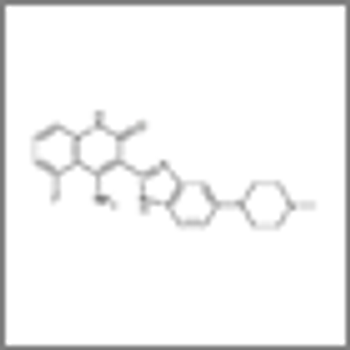
The FGF inhibitor dovitinib failed to improve progression-free survival outcomes as a third-line treatment for patients with metastatic renal cell carcinoma compared with sorafenib, according to the results of a new study.

New research shows that tumors found in obese patients may be more indolent than those in nonobese patients, and this may, in part, be related to alterations in fatty acid metabolism explaining the obesity paradox in clear-cell renal cell carcinoma.

Improved early detection of prostate cancer would ideally involve a noninvasive test that allows clinicians to distinguish aggressive cancers from relatively indolent ones. This distinction is especially important given that relatively few men who undergo screening are destined to die of prostate cancer.

For those undergoing screening for the presence of previously undiagnosed prostate cancer, the major challenge for new tests is to avoid the overdetection of indolent cancers that limits the clinical utility of the prostate-specific antigen (PSA) test.

The benefit-to-risk trade-offs associated with PSA screening are highly sensitive to patient preference, underscoring the importance of ensuring that men have the opportunity to decide for themselves whether they wish to have their individual risk for suffering and death from prostate cancer assessed through PSA screening.

Many urologists believe that all men, regardless of risk, should be offered a baseline prostate-specific antigen (PSA) test at age 40 years. I was once one of those urologists.
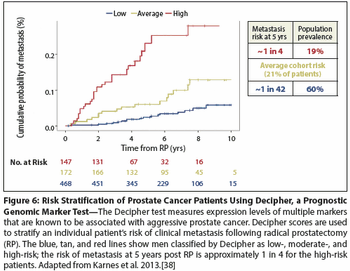
In this article, we review recent advances in the discovery of prostate cancer biomarkers, their integration into clinical practice, and implications for improving clinical management of the disease.
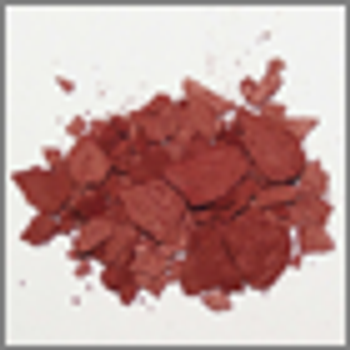
In a new prospective study on the role of dietary lycopene in reducing the risk of prostate cancer, researchers found that consuming foods high in lycopene is linked to a reduced risk of lethal prostate cancer.

In this interview we discuss prostate cancer highlights from the 2014 ASCO Genitourinary Cancers Symposium.

A new study found that induction bladder-conserving treatment was safe in patients with muscle-invasive bladder cancer who achieved only a near-complete response.
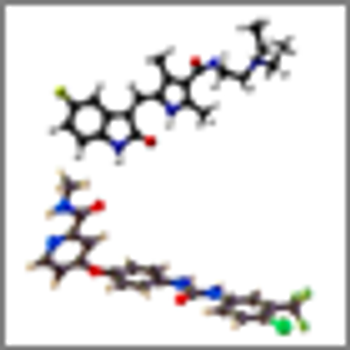
The order of the sequencing of sorafenib and sunitinib for first-line and second-line therapy did not affect progression-free and overall survival for patients with advanced renal cell carcinoma.

The use of angiotensin system inhibitors significantly improved the survival of patients with metastatic RCC who were on the drug for the treatment of hypertension, according to the results of a retrospective study presented at the ASCO GU Symposium.

As part of The Cancer Genome Atlas project, a new study aimed at understanding the molecular basis of bladder cancer has identified several potential drug targets.

Adding a treatment course of local radiotherapy to hormonal treatment in men with locally advanced or high-risk prostate cancer more than halved the 10-year and 15-year prostate-cancer–specific mortality.
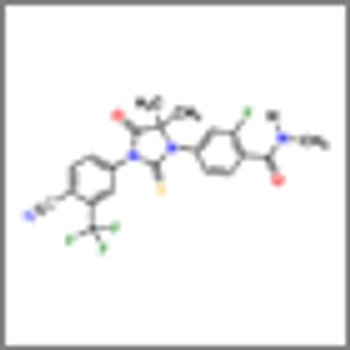
Androgen inhibition with enzalutamide significantly reduced the risk of disease progression and increased survival among men with previously untreated metastatic prostate cancer, according to the results of the phase III PREVAIL trial.

Expressive writing is a brief and simple intervention that a recent study showed helped to reduce cancer-related symptoms and improved physical functioning in patients with renal cell carcinoma.

A personalized tool to predict the chances of a prostate cancer overdiagnosis has been developed and could enable better decision-making and tailored patient treatment.

As long as there is any risk of progression, G6 cancer cannot be equated to just a precursor lesion, and the emphasis should remain on screening patients with serum PSA measurement, contrary to the recommendation of the US Preventive Services Task Force.

While there is no doubt that many indolent prostate cancers have been treated, it is unclear where one should draw the line between indolent and aggressive tumors.

Of course we should offer active surveillance to African-American men with localized prostate cancer! We simply need to do it selectively and in a smarter way-and we need to be aware of some of the potential pitfalls.

Active surveillance seems to be generally safe, yet African-American men tend to have more aggressive prostate cancers. Thus, it is imperative that we learn the characteristics and outcomes of African-American men considering surveillance.

There is strong evidence from longitudinal cohort studies of men with both treated and untreated Gleason 6 prostate cancer to suggest that Gleason 6 disease, when not associated with higher-grade cancer, virtually never demonstrates the ability to metastasize and thus represents an indolent entity that does not require treatment.
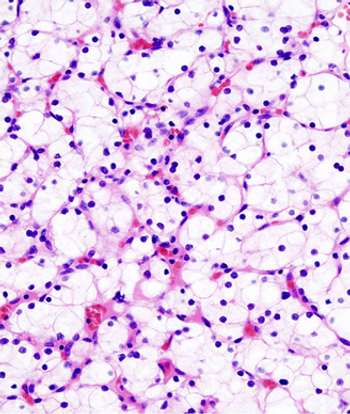
Expression of BAP1 could help identify which clear-cell renal cell carcinoma patients diagnosed with low-risk disease are the most likely to progress.

Adding a spinal or epidural painkiller to general anesthesia during prostatectomy may benefit long-term patients outcomes, according to a large retrospective study.